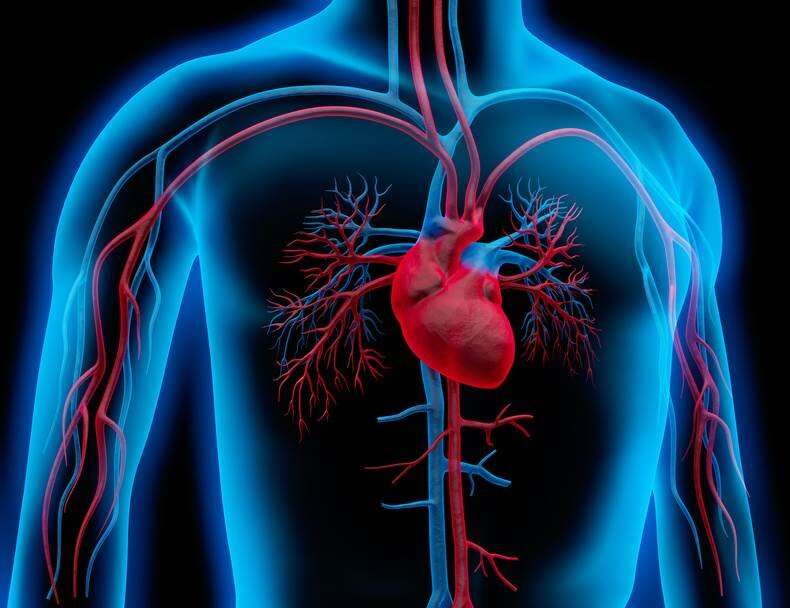Mitral regurgitation: more precise classification of severity now possible

For years, cardiology experts have been arguing about how to determine the degree of severity in patients with functional mitral regurgitation and, hence, to assess when it is necessary to operate on the valve. It is all about how much blood "should be allowed" to flow back through the leaky valve: Currently, surgery is only performed in the U.S. at 60 ml but at 30 ml in Europe, according to Philipp Bartko and Georg Goliasch (Department of Medicine II). In a study performed by cardiologists at MedUni Vienna and Vienna General Hospital, they have now shown the exact relationship between the amount of refluxing blood and patient survival, thereby establishing a new limit for optimal classification with a view to valve surgery.
Functional mitral regurgitation is due to the inability of the mitral valve to close properly, so that it leaks. The mitral valve is one of four valves in the heart. It is situated between the left atrium and left ventricle, and its function is to prevent blood flowing back from the left ventricle into the left atrium when the atrium contracts—this function is disrupted in mitral regurgitation. Its shape resembles that of a bishop's mitre ("mitra" in ancient Greek), hence its name.
New treatment principles in the spirit of precision medicine
"We were able to show that a cut-off of 45 ml is sufficient," explain Goliasch and Bartko. "This will revolutionize the current treatment guidelines throughout the world—particularly in the spirit of precision medicine. This will allow us to make a much better assessment of who needs the treatment and at what point" adds Martin Hülsmann, Head of the Heart Failure Outpatient Clinic. The study has now been published in the leading Journal of the American College of Cardiology.
At the same time, the researchers were able to categorize reflux of less than 20 ml as completely harmless and established that there is an "intermediate group" that requires further classification. Reflux in this group is between 20 and 45 ml. Equally, they were able to identify a new marker in the blood swilling backward and forwards between the heart chambers, which provides an even better indicator of the need for surgery: if less than 50 percent of the e.g., 30 ml is returned into the human circulation, then surgery is also necessary."
Interventional treatment to permanently eliminate the problem can either involve conventional surgery or be done in a minimally invasive procedure by placing a clip on the two cusps of the mitral valve. This can be done without opening the rib cage. "We are able to provide excellent treatment for functional mitral regurgitation in the new hybrid operating theater within Vienna General Hospital, using a catheter-based procedure. This is completely state of the art, using the very latest and best technology available."
More information: Philipp E. Bartko et al. A Unifying Concept for the Quantitative Assessment of Secondary Mitral Regurgitation, Journal of the American College of Cardiology (2019). DOI: 10.1016/j.jacc.2019.02.075


















